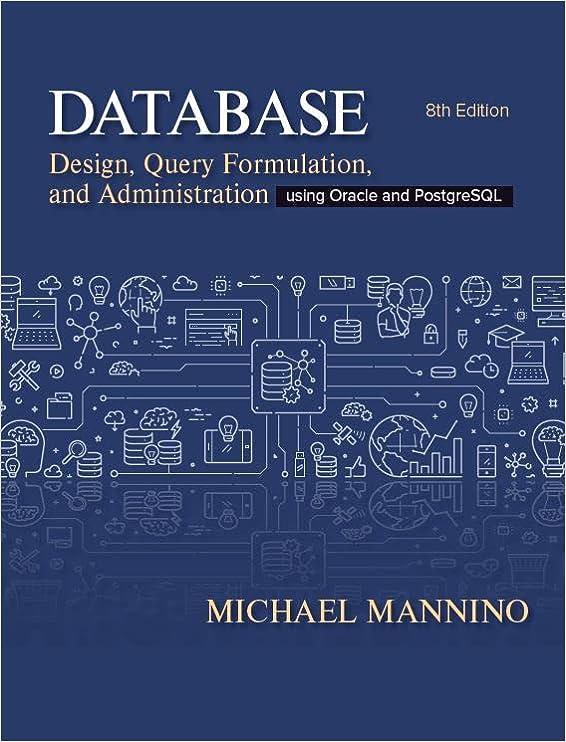
2. Matlab problem 1: Design an FIR filter using Truncation Ideally, a low-pass filter with cutoff frequency we should have a frequency response of ideal (ei and a corresponding impulse response of However, no real filter can have this frequency response because hideal[n is infinite in duration. One method for creating a realizable approximation to an ideal filter is to truncate this impulse response. A truncated impulse response is of finite duration, yet the filter is still noncausal. In order to make the FIR filter causal it must be shifted to the right by M units To examine the effect of filter size on the frequency characteristics of the fil- ter, write a Matlab function LPFtrunc (N) that computes the truncated anod shifted impulse response of size N for a low pass filter with a cutoff frequency of we 2.0. For each of the following filter sizes, plot the magnitude of the filters DTFT in decibels. Hints: The magnitude of the response in decibels is given by HaB(e 20logio H(eNote that the log command in Matlab computes the natural logarithm. Therefore, use the log10 command to compute decibels. To get an accurate representation of the DTFT make sure that you compute at least 512 sample points using the command [X,w]-DTFT(filterResponse,512). Design two filters with size N=21 and N=101 Submit the plots of the magnitude response for the two filters (not in deci- bels). On each of the plots, mark the passband, the transition band and the stopband Submit the plots of the magnitude response in decibels for the two filters. Explain how the filter size effects the stopband ripple. Why does it have this effect? 531 Spring 2017 Now download the noisy speech signal nspeech2.mat , and load it into the Matlab workspace. Apply the two filters with the above sizes to this signal. Since these are FIR filters, you can simply convolve them with the audio signal. Listen carefully to the unfiltered and filtered signals, and note the result. Can you hear a difference between the two filtered signals? In order to hear the filtered signals better, you may want to multiply each of them by 2 or 3 before using sound Comment on the quality of the filtered signals. Does the filter size have a noticeable effect on the audio quality? 2. Matlab problem 1: Design an FIR filter using Truncation Ideally, a low-pass filter with cutoff frequency we should have a frequency response of ideal (ei and a corresponding impulse response of However, no real filter can have this frequency response because hideal[n is infinite in duration. One method for creating a realizable approximation to an ideal filter is to truncate this impulse response. A truncated impulse response is of finite duration, yet the filter is still noncausal. In order to make the FIR filter causal it must be shifted to the right by M units To examine the effect of filter size on the frequency characteristics of the fil- ter, write a Matlab function LPFtrunc (N) that computes the truncated anod shifted impulse response of size N for a low pass filter with a cutoff frequency of we 2.0. For each of the following filter sizes, plot the magnitude of the filters DTFT in decibels. Hints: The magnitude of the response in decibels is given by HaB(e 20logio H(eNote that the log command in Matlab computes the natural logarithm. Therefore, use the log10 command to compute decibels. To get an accurate representation of the DTFT make sure that you compute at least 512 sample points using the command [X,w]-DTFT(filterResponse,512). Design two filters with size N=21 and N=101 Submit the plots of the magnitude response for the two filters (not in deci- bels). On each of the plots, mark the passband, the transition band and the stopband Submit the plots of the magnitude response in decibels for the two filters. Explain how the filter size effects the stopband ripple. Why does it have this effect? 531 Spring 2017 Now download the noisy speech signal nspeech2.mat , and load it into the Matlab workspace. Apply the two filters with the above sizes to this signal. Since these are FIR filters, you can simply convolve them with the audio signal. Listen carefully to the unfiltered and filtered signals, and note the result. Can you hear a difference between the two filtered signals? In order to hear the filtered signals better, you may want to multiply each of them by 2 or 3 before using sound Comment on the quality of the filtered signals. Does the filter size have a noticeable effect on the audio quality







